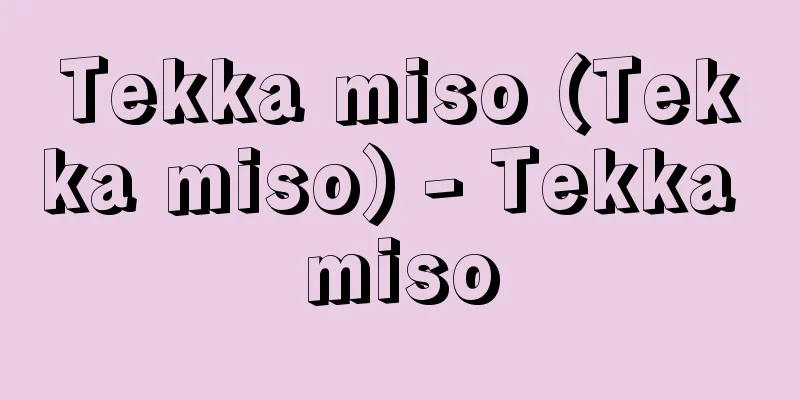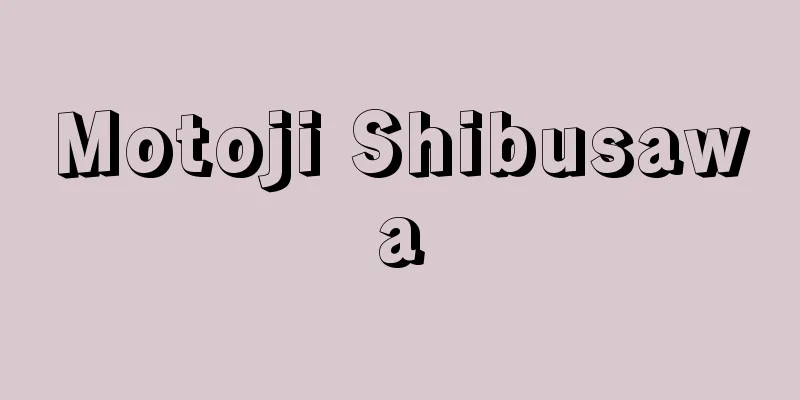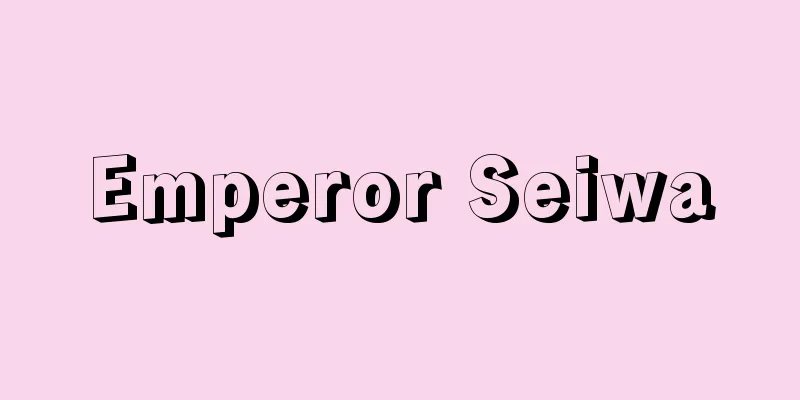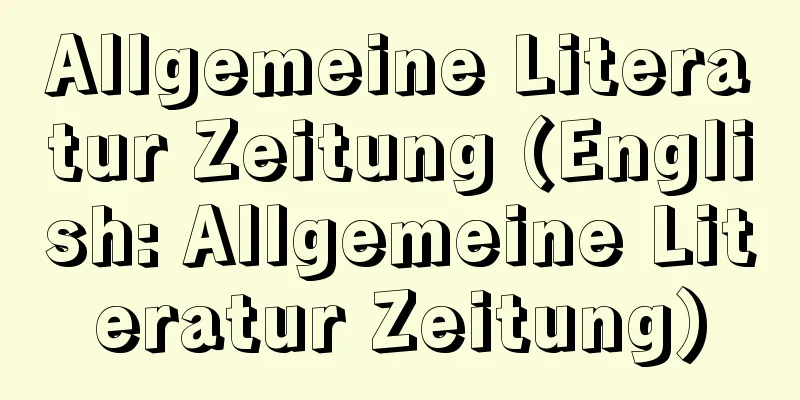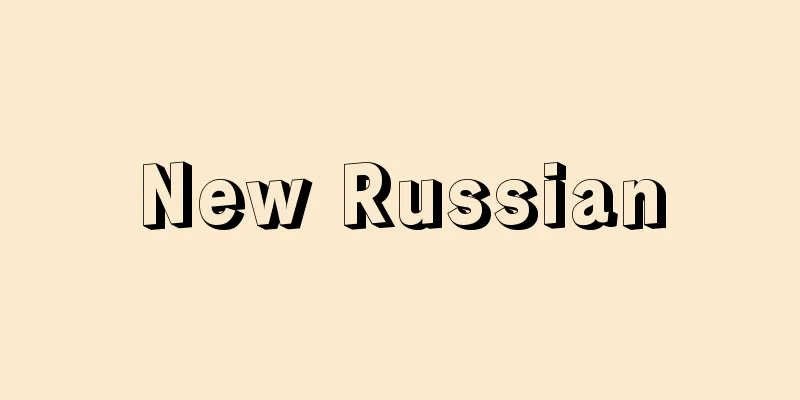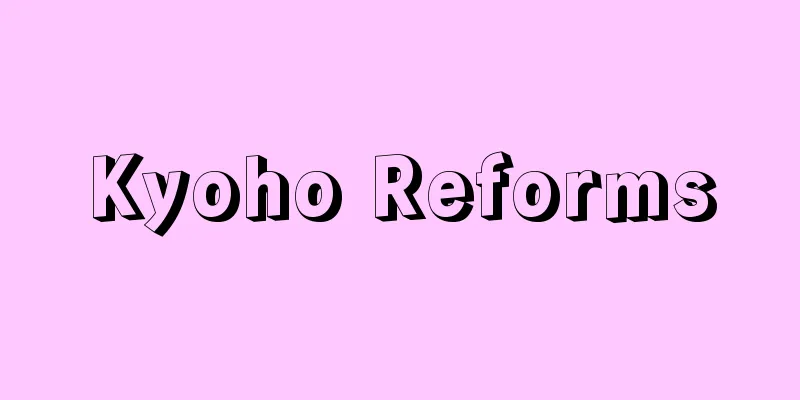Okoto point, Okoto stop point, Okoto climbing point
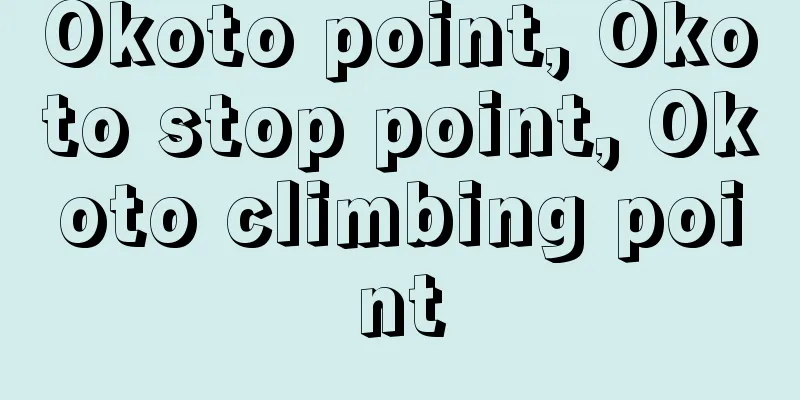
|
A symbol indicating a verb conjugation ending, auxiliary verb, or particle that is added to read Chinese texts in Japanese, placed around the kanji or on the face of the character. ・| / : There are many forms, such as ‥七とそナヘゆめ○いよひ. The reading is determined by the position and form of the symbol. The reading differs among many schools (see diagram). In the very early Heian period, when simple katakana had not yet been fully developed, it developed as a symbol that could be written quickly without soiling scriptures, in order to learn and convey readings in Japanese. Source: Heibonsha World Encyclopedia, 2nd Edition Information |
|
漢文を日本語として読み下すために読み添える動詞活用語尾,助動詞,助詞を示す符号で,漢字の四周または字面の上につけたもの。・|/:‥七トソナヘユメ○イヨヒなど多くの形がある。符号の位置と形とによって読み方を定める。読み方は多くの流派によって相違する(図)。簡単な片仮名の発達の十分でなかった平安時代極初期にあって,訓読を学びまた伝えるために,経典を汚さず,速く記入できる記号として発達した。
出典 株式会社平凡社世界大百科事典 第2版について 情報 |
Recommend
Kaishi
Paper money issued by the government during the S...
unfreie Kunst (English spelling) unfreieKunst
...One reason is that from the mid-19th century, ...
Ovis aries (English spelling) Ovisaries
… Even though sheep are not used much as a source...
Kashiwara [town] - Kaibara
An old town in Hikami County, eastern Hyogo Prefec...
Early rice - Hayamai
This refers to early-ripening rice, i.e. wase (ear...
vāhalkada (English spelling) vahalkada
...Essentially, they inherited the style of India...
Thermal copying method - Thermal copying method
…Currently, it is used as a device for creating t...
Lawn Tennis Championships on Grass
…The world's oldest tennis tournament, which ...
Foreigner - Ikokujin
〘Noun〙① Foreigner. A person from another country. ...
The Mathematical Society of Japan
One of Japan's academic research organizations...
Naganuma Nike Lawsuit - Naganuma Nike Lawsuit
This is a trial that has been fought for over 10 ...
Mount Monadnock
A mountain in southwestern New Hampshire, USA. It ...
Capercaillie - capercaillie
In a broad sense, it is a general term for two sp...
Torenia - Torenia
An annual plant of the Scrophulariaceae family (A...
Gerhaert van Leyden, N.
...In the second half of the 14th century, the Pa...
